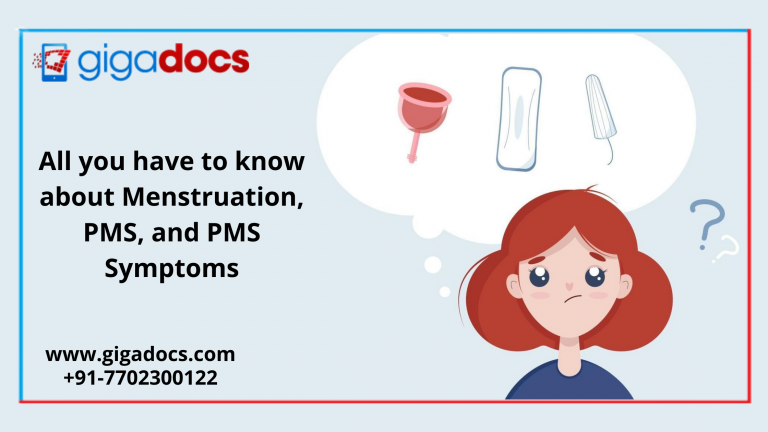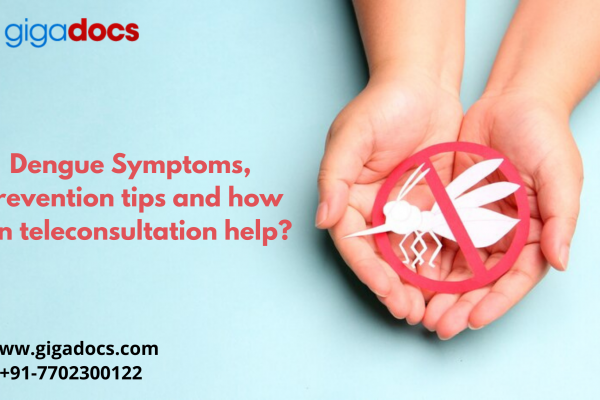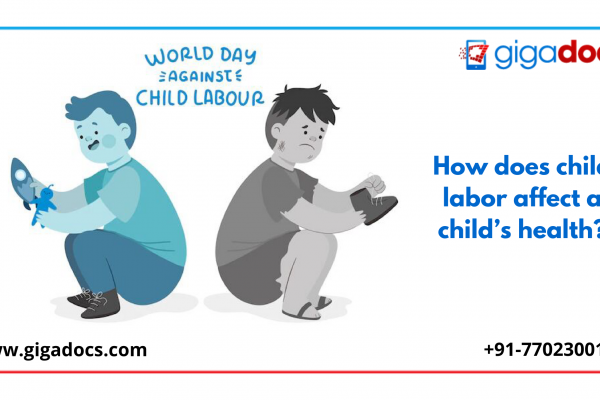Menstruation is a normal part of most women’s lives, wherein most women of reproductive age menstruate for two to seven days every month. However, Menstruation is a taboo subject all over the world. At least 500 million women and girls worldwide do not have access to adequate menstrual hygiene management services. Inadequate WASH (water, sanitation, and hygiene) facilities, particularly in public places such as health centers, schools, workplaces, can pose to be a significant challenge. Due to a lack of separate toilets with doors and a lack of water to wash hands, women and girls face difficulties maintaining their menstrual hygiene in a private, safe, and dignified manner.
For girls and women with disabilities and special needs, menstrual hygiene poses additional challenges. They are disproportionately impacted by a lack of access to period management materials and running water toilets. Add to it; ignorance in the subject leads to harmful stereotypes and discrimination. It can cause girls to miss out on childhood experiences and activities. Adolescent girls (and boys) lack resources to learn about menstruation and develop healthy habits due to stigma, taboos, and myths.
Diseases and Health Concerns for Women
Poor menstrual hygiene can be hazardous to one’s health and linked to reproductive and urinary tract infections. Many young girls and women have very few options for affordable menstrual products. Access to toilets with running water and low-cost menstrual products will go a long way to reduce the onset of urogenital diseases.
Menstrual Cycle and Women Health
Your menstrual cycle can tell a lot about your general health. Regular periods between puberty and menopause indicate that your body is functioning normally. Period issues, such as irregular or painful periods, may indicate a severe health problem. Period problems can also lead to other health issues, such as difficulty getting pregnant. As your body ages and enters menopause, your hormone levels may change, increasing or decreasing your risk of chronic diseases. Few of the menstrual problems can result in other health problems. In addition, symptoms of other health problems may worsen or improve at different times of your menstrual cycle, which include:
- Anemia: Heavy bleeding is the most common cause of iron deficiency (anemia) in women of childbearing age. Anemia is a condition that occurs when your blood cannot carry enough oxygen to your body’s vital parts due to a lack of iron. This causes you to appear pale, tired, or weak.
- Asthma: Your Asthma may get worse at specific times of the cycle, like the first or the second day. Take good care of yourself and have a balanced meal and rest well.
- Depression: Women with a history of depression are more likely to suffer from premenstrual syndrome (PMS) or premenstrual dysphoric disorder (PMDD). For women suffering from depression, symptoms of depression may be exacerbated before their period.
- Diabetes: Women with irregular menstrual cycles, particularly those lasting more than 40 days, are more likely to develop type 2 diabetes. Younger women between 18 and 22 who have irregular periods are especially vulnerable. PCOS (polycystic ovary syndrome) may cause irregular periods and diabetes. The majority of PCOS women have insulin resistance and are at risk of developing type 2 diabetes.
- Heart disease and stroke: If you have amenorrhea or are going through menopause, your ovaries may stop producing estrogen. Estrogen protects your body in various ways, including protection against heart disease and stroke.
- Osteoporosis: Your bones may be at risk if you have amenorrhea. You lose bone mass if your ovaries do not produce estrogen, putting you at risk for osteoporosis. Osteoporosis is a disease that causes your bones to become brittle and weak, causing them to break easily.
- Infertility: Some period-related conditions, such as PCOS, endometriosis, uterine fibroids, can lead to infertility.
Premenstrual Syndrome (PMS)
PMS is defined as an unpleasant or uncomfortable symptom during your cycle and may temporarily disrupt normal functioning. These symptoms can last anywhere from a few hours to several days, and the types and severity of symptoms can vary between individuals.
Premenstrual Dysphoric Disorder (PMDD) is a much more severe form of PMS that affects between 3% and 8% of women of reproductive age. PMDD necessitates medical attention. Nearly 85 percent of women experience at least one common symptom (discussed below) associated with PMS during their reproductive years. An estimated 5% of people have symptoms so severe that they cannot function in the normal capacity.
Women in their 30s are the most likely to suffer from PMS. PMS may also worsen as a woman approaches menopause due to hormonal fluctuations. It is unclear why people suffer from PMS. Researchers believe it is due to the dramatic drop in estrogen and progesterone that occurs after ovulation in women who are not pregnant. When hormone levels begin to rise again, PMS symptoms often disappear.
Symptoms of PMS
Although each person’s symptoms may differ, the most common PMS symptoms include any of the following:
- Psychological symptoms (depression, anxiety, irritability)
- Bloating
- Fluid retention (swelling of fingers, ankles, and feet)
- Skin problems (acne)
- Headache
- Vertigo
- Fainting
- Muscle spasms
- Heart palpitations
- Allergies
- Infections
- Vision problems
- Eye infections
- Decreased coordination
- Diminished libido
- Changes in appetite
- Hot flashes
Simple lifestyle changes can help eliminate or reduce the severity of symptoms such as:
- Exercising three to five times per week.
- Eating a well-balanced diet rich in whole grains, vegetables, and fruits and limiting salt, sugar, caffeine, and alcohol consumption.
- Getting enough sleep and rest.
Menstrual Cycle and Weight Issues
If you are underweight, your body fat may drop so low that you stop ovulating, resulting in irregular or no periods. Women suffering from anorexia frequently experience extreme weight loss below healthy body weight. When you are not ovulating, your body does not produce normal hormones such as estrogen. Between puberty and menopause, a lack of estrogen can cause serious health problems.
Overweight women are more likely than healthy-weight women to have irregular or no periods at all. You might also have difficulty getting pregnant.
Amenorrhea
Amenorrhea is defined as the absence of menstrual periods for more than three monthly menstrual cycles. Amenorrhea is classified into two types:
- Primary amenorrhea: Menstruation does not begin at puberty.
- Secondary amenorrhea: This is characterized by normal and regular menstrual cycles that become increasingly abnormal, irregular, or absent. This could be due to a physical cause that manifests itself later in life.
Amenorrhea can occur as a natural part of life for a variety of reasons, including pregnancy, breastfeeding, or menopause. It may also occur as a result of medications or a medical condition, such as:
- Obesity
- Excessive or strenuous exercise
- Ovulation abnormality
- A birth defect or other medical condition
- Eating disorder
- Thyroid disorder
Dysmenorrhea
Dysmenorrhea is characterized by severe and frequent menstrual cramps and menstrual pain. The cause of dysmenorrhea depends on whether it is primary or secondary. Women with primary dysmenorrhea have abnormal uterine contractions due to a chemical imbalance in their bodies. Secondary dysmenorrhea is caused by various medical conditions, the most common of which is endometriosis. Other potential causes include:
- pelvic inflammatory disease (PID)
- uterine fibroids
- abnormal pregnancy (i.e., miscarriage, ectopic)
- infection, tumors in the pelvic cavity
Dysmenorrhea can affect any woman, but smokers, those who drink excessively during their period, are overweight, and women who began menstruating before the age of eleven are at high risk.
Dysmenorrhea Symptoms
The following are some of the most common symptoms:
- Lower abdominal cramping or pain
- Pain in the lower back or down the legs
- Nausea
- Vomiting
- Diarrhea
- Fatigue
- Weakness
- Fainting
- Headaches
Preventing Problems in Menstrual Cycle
A woman may not be able to prevent problems in their menstrual cycle. Many menstrual problems, such as heavy bleeding or painful periods, are caused by issues with their reproductive system.
Your doctor can discuss how hormonal birth control methods, such as intrauterine devices (IUDs), the pill, shot, or vaginal ring, can be used to treat heavy bleeding or painful periods. Consult your doctor about birth control if you are not trying to conceive. Doctors sometimes prescribe hormonal birth control for reasons other than preventing pregnancy.
The most common period problem reported by women is cramping or pain. Tracking your periods and menstrual cycle symptoms can also help your doctor or nurse understand your risk for period-related health issues. Please keep track of when your period begins, how long it lasts, how much bleeding occurs, and any pain you experience. Discuss what is normal for you and any new or unusual symptoms you are experiencing with your doctor or nurse.
Reaching a Gynecologist on Gigadocs
Reaching and maintaining a healthy weight and not smoking can help improve period problems such as PMS symptoms, heavy bleeding, period pain, and irregular periods. Reach out to Gigadocs for booking teleconsultants obstetricians & gynecologists for concerns related to the menstrual cycle, including PMS and weight issues. Book the best obstetricians & gynecologists and get your tests online on the Gigadocs app. To book, download the app on:
IOS App – apple.co/2W2iG4V
Android App – bit.ly/33AQoRC
To know more e-mail, at info@gigadocs.com




